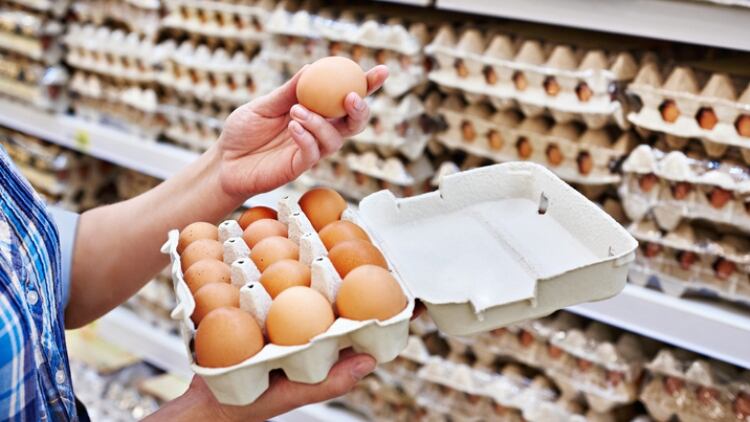South Korea’s national food database, dubbed the National Integrated Food Nutritional Information Standard Data platform, was established in 2022 to provide consumers with detailed information about the foods and beverages available for retail purchase in the country.
In July last year, domestic food manufacturers and processors were mandated by the local Ministry of Food and Drug Safety (MFDS) to enter the nutritional information of each of their products into a specialised reporting system, resulting in the addition of thousands more data points into the system.
“After the related regulations were revised in July 2023 to mandate food businesses to report this nutritional information, we collected about 21,000 entries of processed food nutritional information – this was about four times more than the amount collected previously,” MFDS Minister Oh Yoo-kyung said via a formal statement.
“With this new information having been updated into the database, there is now a cumulative total of around 92,000 food and beverage items which nutritional information is available to the public.
“We hope that this data on processed and prepared foods now being available to consumers via the national food database will contribute to creating a healthier eating environment for the public.”
The database clearly identifies foods and beverages by their brand and manufacturer, classifies these as processed or otherwise, and breaks down nutritional content according to calories, protein, fat, carbohydrates, sugars, cholesterol and more.
For instance, searching for an almond cake by Lotte would bring up records stating this is a processed food under the cake subcategory, containing (per 100g) 413kcals, 6.25g protein, 20g fat, 51.25g carbohydrates, 31.25g sugars, 238mg sodium, 75mg cholesterol and so on, all available at home without the need to look on the package itself so healthier purchasing can be planned in advance of shopping trips.
The ministry has also worked to standardise the format of providing this nutritional data across various types of products from agricultural produce to processed foods in order to avoid any form of confusion.
“We have also added nutritional information for about 4,000 food products that are classified as children’s favourite foods, such as pizzas and hamburgers,” Oh added.
“This is expected to be helpful in the nutritional management and diet planning for growing children in the country.”
At present, the majority of information available on the database is on processed products (approximately 76,000 items), but data is also available for thousands of fresh foods and ingredients.
This can be viewed here [information in Korean].
Going mobile
According to MFDS, the next step for the database will be to make this available on mobile phones in conjunction with related healthcare applications in order to increase ease of use.
“MFDS is in the process of carrying out a customised support project so that this integrated food nutrition database will be able to be used in mobile applications such as healthcare apps,” the ministry said.
“This would be very useful when it comes to apps that make meal records for dietary plans, as when users enter the item they plan to eat they would immediately see nine types of useful information including calories, sugar, sodium and cholesterol.
“We are also forming a public-private development council composed of related ministries, industry, and academia to provide nutritional information needed by consumers and promote this data use.”





